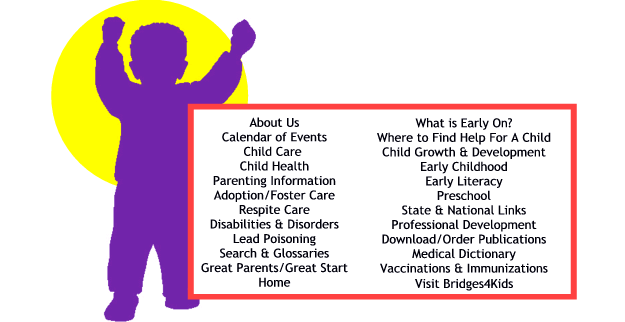|
by John
Larrabee, WoonsocketCall.com, June 16, 2003
Four-year-old Louis touches teacher Gina Hanfordís arm twice before he
exits her classroom.
"Tap-tap," he says.
"Tap-tap," she replies.
For Louis, who is autistic, the simple exchange is another reinforcement
of his lessons in social interaction. Heís learning something other
children pick up with little effort -- how to say good-bye.
"Children with autism are very happy in their own world," Hanford
explains. "They donít seek a lot of attention.... You have to teach them
to make requests, to ask for help, to take turns. We start with something
simple. Then he can learn to say, please help me."
This program for autistic youngsters -- the Franklin School Departmentís
Primary Learning Center -- has been up and running for just one year, but
already itís been adopted as a model by the stateís Department of
Education and by several Boston medical schools.
Across the state and across the country, other school systems are
scrambling to develop similar classroom programs. The reason: a nationwide
surge in the number of children diagnosed with autism or related
disorders. According to a recent Time magazine report, more than 300,000
may be affected.
Anyone who has seen the movie "Rain Man" knows something about autism --
also known as pervasive development disorder. For the profoundly autistic
person, the social clues the rest of us take for granted are a puzzle.
They are socially withdrawn, bound to routine and often extremely
sensitive to certain sounds, smells or textures. They struggle to acquire
language and communication skills, though they often possess other
intellectual talents. (A rare few, known as "savants," exhibit genius
abilities.)
A broadened definition of autism is part of the reason for the increase in
cases. Some gifted but socially awkward youngsters (those sometimes
branded "nerds" by other kids) are now diagnosed as having Aspergerís
syndrome, a mild form of autism. But cases of profound autism are also on
the rise. Researchers are examining environmental toxins, childhood
vaccines, genes and a host of other factors in their search for a cause.
While there is no cure, therapies and exercises help many autistic persons
find their way in the world. And thatís where Franklinís pre-school
classroom comes in.
The young students, ages three to five, are learning communication, social
skills, and basic self-help, such as washing and tooth brushing.
Enrollment is low (just four this year) to ensure all children get the
services they need. Staffing is high: along with the teacher, there are
three classroom aides, and children spend part of their time with speech
and occupational therapists. A school day lasts six hours, a long time for
a pre-school.
The key to the program is a process teachers call "generalization."
A child will first learn to master a skill in a quiet area, perhaps a
classroom corner hidden by bookcases. Then heís moved into the open room,
where he can see several classmates. Eventually heíll test his skills in
another pre-school class with more children, some who have special needs,
and some who do not. Itís an environment where the youngster with autism
can learn to copy his peersí behavior.
Along the way, school staff also visit with the childís family.
"We first put them in a very quiet setting, then gradually move them into
an environment with normal distractions," says Hanford. "Eventually weíll
go out to the home to work on generalizing skills with parents. At the
beginning we may spend five to ten hours a week with the child at home.
Then as parents gain the knowledge and skills they need to help their
child, we fade back."
Thereís a thick folder of material on each child that grows with every
passing day. Hanford records each oneís progress, and parentsí notes are
added to the files as well.
"Everything we do has a progression," says Karen Seyfried, director of
Franklinís Early Childhood Program." They increase time in an activity as
they learn to tolerate it. Thereís a generalization of skills from school
to home, then from home to the community."
Other classroom activities are intended to help the youngsters grow
comfortable with high sensory stimulation, which can often be distracting
to someone with autism.
On a typical day, Louis can be found bouncing in a swing, with classroom
assistant Janice Williamson standing nearby. Heís wearing a special vest,
held snug with Velcro, to give him some sense of security while he rocks.
In another corner, four-year-old Austin has discovered a tub filled with
two inches of water, and heís happily splashing about with his hands. In
teacher jargon, the tub is a "sensory table" that can be filled with
different materials that provide different textures. Some days it contains
water; other times, sand, or perhaps bird seed. Thereís also an assortment
of plastic toys, and Austin rummages through them.
Classroom assistant Dottie Giordano picks out a small bucket and offers it
to him.
"Do you want this?" she asks.
"Yes!" he says, and takes it from her. Itís another lesson re-enforced.
|
